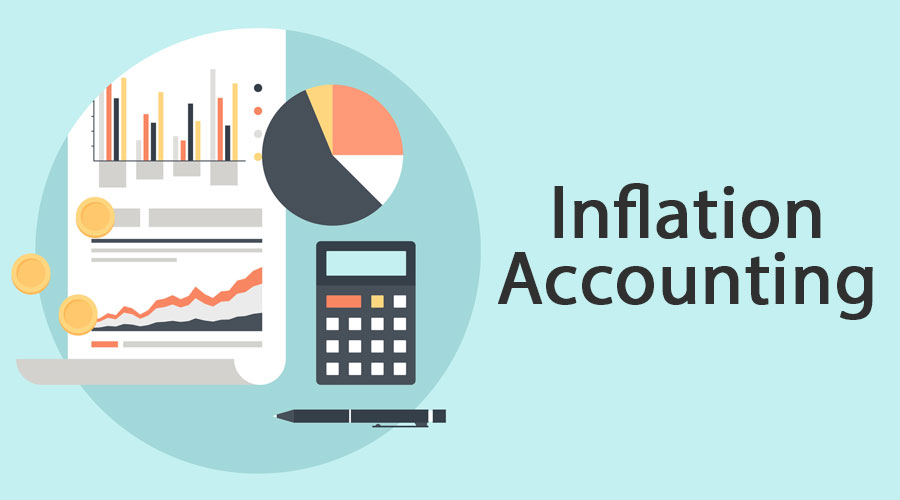Updated May 30, 2023
Definition of Inflation Accounting
It is a newly introduced concept in the financial world. Inflation accounting refers to the adjustment of the financial statements during inflationary periods. Companies employ this special accounting technique exclusively during inflationary periods when the general level of prices remains high for three consecutive quarters. It involves recording the income and expenditure of the business at the current prices, reinstating all the company’s three statements, and analyzing the current company’s cost and trend.
Types and Components of Inflation Accounting
Inflation accounting involves various techniques and incorporates multiple methods.
- Current Purchasing Power Method: This technique involves the adjustment of the financial statements to the current price changes. This method involves recalculating the company’s historical financial figures at the current purchasing power by applying a specific conversion factor.
- Current Cost Accounting: This method shows the cost categories, various cost items, and balance sheet items at current cost instead of historical cost. Additionally, it determines profit based on the actual cost period rather than sales-based calculations.
- Current Value: Under this method, all assets and liabilities are measured and are reinstated at their current cost structure.
- Replacement Cost Accounting: The cost of replacing is the parameter under which all the assets and liabilities on the balance sheet are recorded.
Examples / Calculation
Below are some examples of inflation which are as follows:
Example #1
ASD company is involved in manufacturing and purchased Machinery in 2001 for $10,000. ASD company used an inflation accounting technique to reinstate its financial records in 2009. Find the current cost of the machine purchased in 2001 if the general price index in 2001 was 400 and it was 600 in the year 2009.
So,
The Current price index = 600
Base price index = 400
Historical Cost = $10,000
Current cost = 600/400 X 10,000 = $15,000. The current cost would be $15,000, which would be recorded as the closing balance of the land in the balance sheet.
Example #2
XYZ company is involved in construction and purchased a parcel of land in 1999 for $5,000. XYZ company used an inflation accounting technique to reinstate its financial records in 2000. Find the current cost of the land parcel purchased in 1999 if the general price index in 1999 was 200 and it was 300 in the year 2000.
So,
The Current price index = 300
Base price index = 200
Historical Cost = $5,000
Current cost = 300/200 X 5000 = $7,500. The closing balance of the land in the balance sheet would record the current cost of $7,500.
Advantages of Inflation Accounting
The following are the advantage of Inflation Accounting:
- It reflects the current and not the historical cost of the balance sheet.
- It is highly effective in times of general inflation or hyperinflation.
- Valuing the depreciation of the business is based on the current price of the asset rather than it’s historical or carrying value, which is the correct method.
- Profit and loss will reflect the true condition of the company.
- Financial ratios based on figures adjusted to the current value are more meaningful.
Disadvantages of Inflation Accounting
The following are the disadvantage of Inflation Accounting:
- Changing in price is a never-ending process; hence it becomes difficult every time to reinstate the figures of the company and present the financial statements.
- It is a complicated process, and it involves too much calculation and the data gathering process.
- In times of deflation, the depreciation cost will be on the lower side; hence it does not reflect the true picture.
Conclusion
Inflation accounting has its own merits and demerits, due to which the use of inflation accounting is not still very much prevalent in the industry. But as time progresses, there is no doubt that inflation accounting will speed up, and the development will lead to the future of accounting, which is inflation accounting.
Recommended Articles
This has been a guide to Inflation Accounting. Here we discussed the types, examples, advantages, and disadvantages. You can also go through our other suggested articles to learn more –



